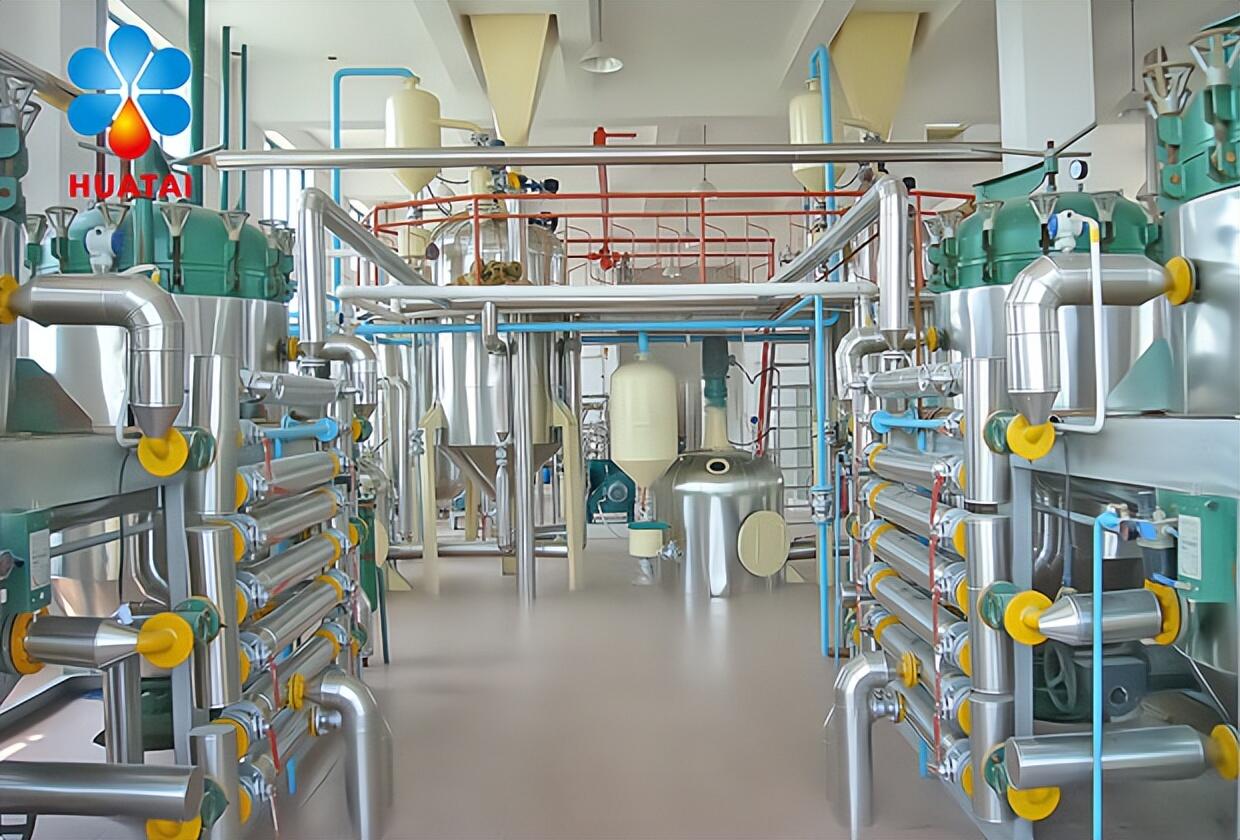China leading palm oil mill plant machine manufacturer and supplier
Email:info01@cnoilmachine.com
The core of optimizing the palm oil adsorption decolorization method is to "improve decolorization efficiency + reduce consumable/energy consumption + avoid color reversion." This requires systematic adjustments from dimensions such as decolorizing agent selection, process parameters, equipment adaptation, pretreatment optimization, and waste agent recycling. The following are feasible optimization strategies, accommodating different production scales (small and medium-sized plants / large plants):
I. Decolorizing Agent Optimization: Precise Selection + Compound Ratio, Reducing Costs and Improving Efficiency
Customized Decolorizing Agent Combinations Based on Pigment Type
The main pigments in palm oil are carotenoids (80%) + a small amount of chlorophyll/oxidative pigments. Single-agent bleaching clay is insufficient for targeted adsorption. Optimized ratios:
Ordinary Edible Palm Oil: 90% Activated Clay (high adsorption type for carotenoids) + 10% Activated Carbon (adsorption of chlorophyll/odors). The total addition can be reduced from 3%-5% to 2%-3%, with no change in decolorization effect and a 30% reduction in consumable costs;
High-End Palm Oil (for frying): 85% Modified bleaching clay (acid-activated, increasing adsorption efficiency by 20%) + 15% coconut shell activated carbon (fineer micropores, adsorbing oxidized pigments) can reduce color from Y30 R3 to Y25 R2, meeting high-end requirements.

Decolorizing agent pretreatment: improving dispersibility. Directly adding dry powder decolorizing agent easily leads to clumping and uneven adsorption. Optimized method: Mix the decolorizing agent with 5%-10% preheated palm oil (80℃) to form a paste, then pump it into the decolorizing tank. This improves dispersion uniformity by 40%, and reduces adsorption time from 20-30 minutes to 15-20 minutes. Smaller plants can use "manual premixing + filter sieving" to remove clumped decolorizing agent particles (particle size > 100 mesh) to avoid clogging the filter.
Waste bleaching clay regeneration and reuse (under compliance conditions): Decolorized waste bleaching clay still retains 30%-40% adsorption activity and can be regenerated through "low-temperature roasting (150-200℃) + acid activation." The regenerated clay can then be used as a "primary decolorizing agent" (with a 1% increase in dosage) for the pretreatment and decolorization of crude palm oil. This reduces the consumption of new bleaching clay by approximately 5 kg per ton of oil, lowering losses by 10%.
Process parameter optimization: Precise temperature/vacuum/time control to avoid ineffective consumption
Temperature: Segmented temperature control to balance efficiency and oxidation resistance
Traditional fixed temperature of 80-100℃ easily leads to localized high-temperature oxidation. Optimized to a "two-stage temperature control":
Adsorption stage: 85-90℃ (the optimal temperature for clay adsorption of carotenoids, with 15% higher efficiency than 80℃);
Filtration stage: 75-80℃ (reduces oil viscosity, increases filtration speed by 20%, and avoids equipment clogging caused by low-temperature filtration);
Temperature must not exceed 100℃: For every 5℃ increase in temperature, the risk of oil oxidation increases by 25%, easily leading to "color reversion after decolorization".
Huatai Group supply palm oil bleaching, cpo refining plant, crude palm oil bleaching, deodorization,fractionation, professional palm oil refinery machine equipment supplier and manufacturer.
If you are interested in our palm oil machine and palm oil mill plant. You can contact us through online consultation, filling out the form below, email, phone, etc. Our engineers will customize the most suitable plan and best price for you.